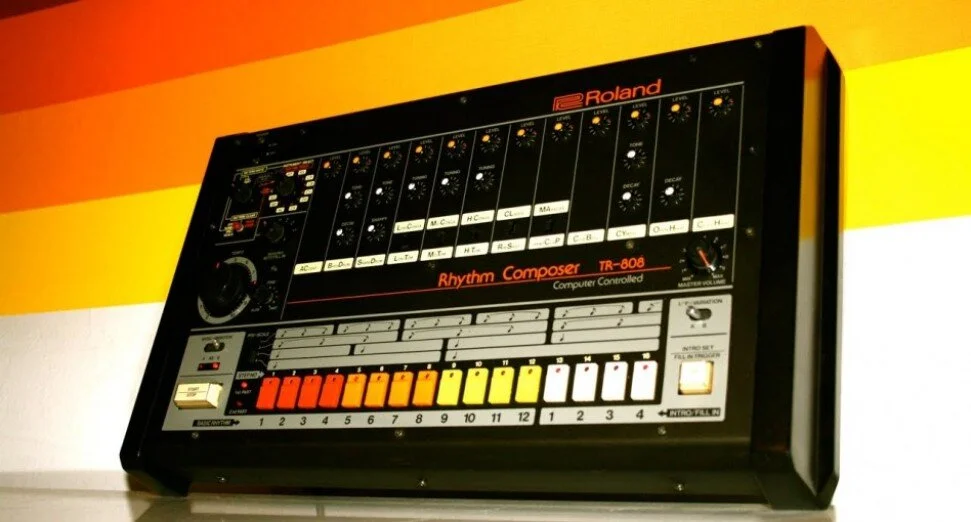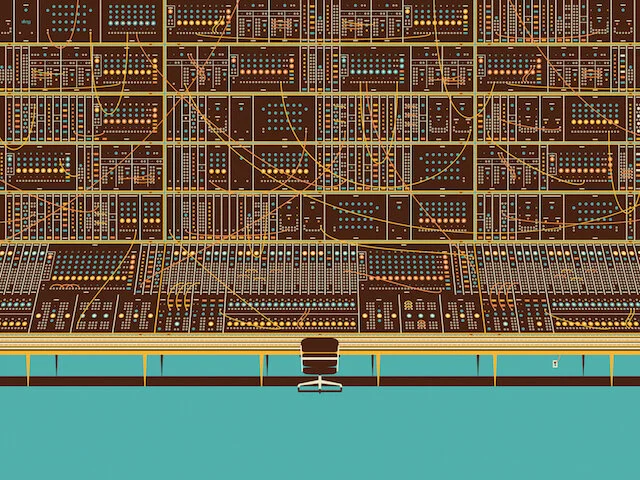Ikutaro Kakehashi and The 808
Seminal Transistor Rhythm 808 drum machine inventor and founder of Roland electronics Ikutaro Kakehashi passed away April 1, 2017, at age 87. The luminary engineer’s Roland TR-808 was a gateway for music production invention, as he helped create the MIDI interface standard for electronic music as well as creating an accessible means for music producers in the '80s to forego standard synthesized drum presets available at the time and program their own drum beats.
As drum samples were common in the early 1980s, the original release of the 808 was met with limited success. Roland ceased production in 1983, when emerging hip-hop, techno, and house producers created a resurgence in the market for the affordable beat programming machines. Roland returned with manufacturing of a follow-up product in 1984, the TR-909, but the original transistors of the 808 were no longer available, forging the collectible status of the original 12,000 drum machines forever.
The TR-808 generated somewhat limited sound options including bass drum, snare, cowbell, handclap, maraca, hi-hat, rimshot, tonga, toms, and claves, and yet the programming patterns available to producers created space for ample innovation. The use of Kakehashi’s analog drum machine has spanned both decades and genres in the ensuing 37 years, forging a pathway uniting tracks as disparate as the stomping ‘80s Whitney Houston hit, “I Wanna Dance with Somebody (Who Loves Me)” to soulful crooner Marvin Gaye’s “Sexual Healing,” hip-hop electro jam “Planet Rock” by Afrika Bambataa and The Soulsonic Force, Lil’ Wayne’s “Let the Beat Build,” Beyonce’s “Drunk in Love,” and the spare pop of Kanye West’s “Love Lockdown” from the album 808s & Heartbreak.
808 programming also emerged on the underground electronic music and house music circuit. House music mastermind Mr. Fingers used an 808 in his mainstay “Can You Feel It,” and the 808 frequented other productions by Frankie Knuckles and 808 State. The instrument was also name-checked in song by the likes of Eminem, Madonna and others.
Although critical reception was lukewarm, Alexander Dunn’s 2015 documentary 808 is a worthwhile romp through the instrument’s historical legacy that marked the ‘80s and beyond. The film will have you traveling within an 808 time-machine to Europe with big-hair keytar New Wave bands of the ‘80s to Miami’s pastel vice-fueled booty-bass scene and the revolutionary American hip-hop of Afrika Bambataa and Public Enemy and London’s gritty rave warehouses of ‘90s electronic music. The long-enduring legacy of Ikutaro Kakehashi’s TR-808 is cemented by cameos from Public Enemy’s Hank Shocklee, Brit electronic producer Goldie, Adam Horovitz of Beastie Boys, hip-hop producer Rick Rubin, Ahmir Khalib Thompson (better known as Questlove) of The Roots, and Fatboy Slim (Norman Cook).
Like the reverb capabilities of his machine, Kakehashi's innovative musical invention continues to impact the current music landscape and you can hear its sounds in modern alternative R&B, electronic, pop and trap.
This article was written for Napster.
Image via DJ Mag.

